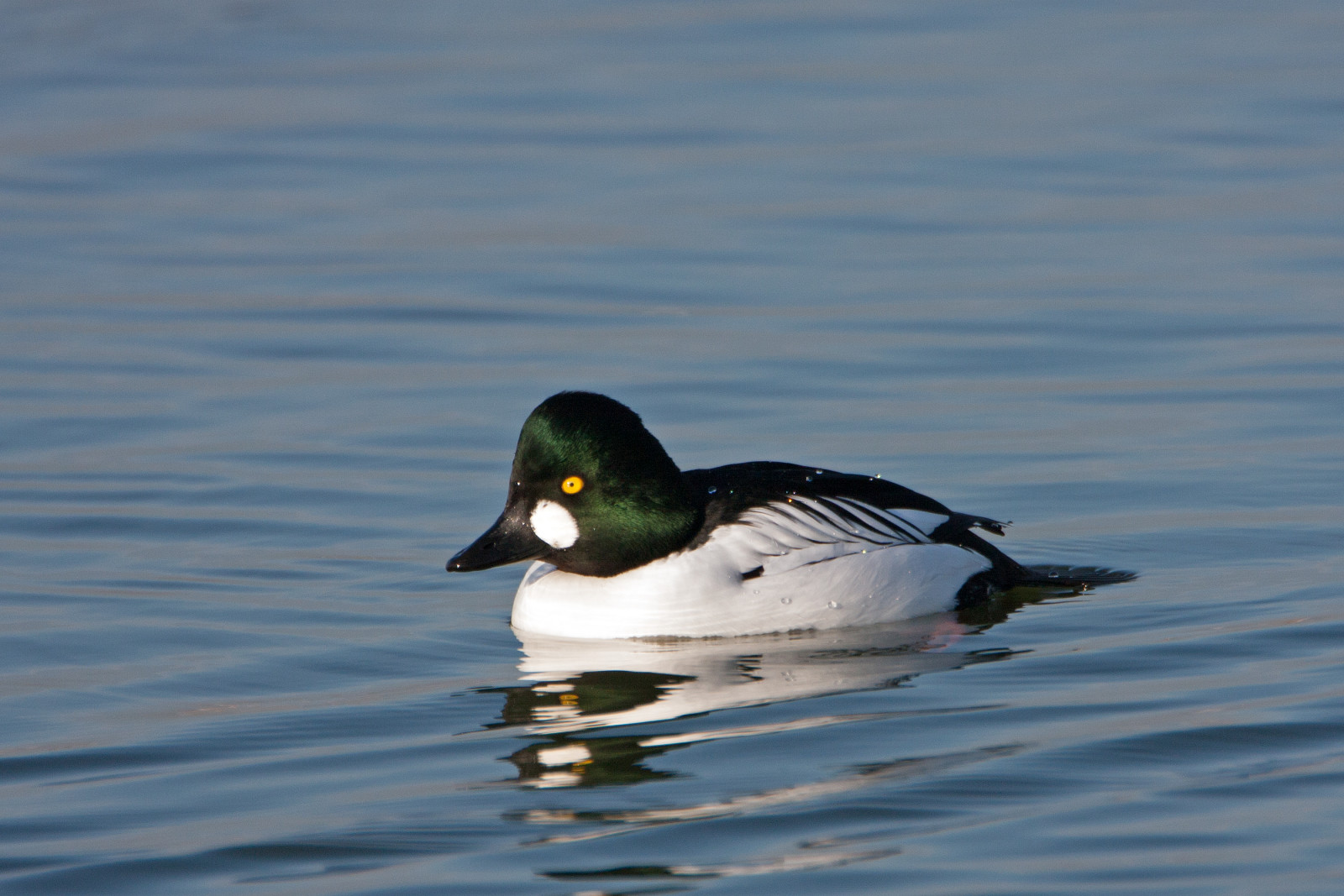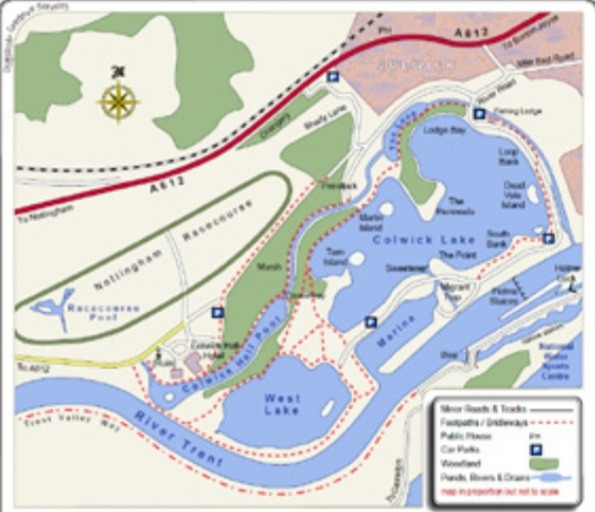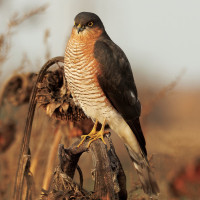Beschreibung
The racecourse lake is a Site of Special Scientific Interest (SSSI) noted for its insect life, chiefly dragonflies, hence it may attract Baumfalke and hirundines. For a full list of bird species seen at the Country Park (220 species) see the website below. Highlights include up to 100 Schellente in winter, possibly rare grebes and divers, Zwergmöwe, Küstenseeschwalbe and Trauerseeschwalbe on migration. Flußseeschwalbe breed here. Colwick has recorded 27 butterfly species and 17 of dragonfly.
Colwick woods is a 400 year old, 50 hectare green oasis near the city. The cliff on the south side has been a geological SSSI since 1995. All typical woodland birds are found including Turmfalke, Sperber, Waldkauz, Waldschnepfe in winter, Kleiber and Waldbaumläufer.
Skylarks Reserve is a 47 hectare wetland reserve, a welcome refuge from the hustle and bustle of Holme Pierrepont to the south. It is specifically designed for wheelchair access.
Details
Zugang
Colwick is an eastern suburb of Nottingham. In the country park there are several car parks surrounding the lakes. Click on a P in the map for directions to a parking. The racecourse pool is accessible except on race days. There are bus stops on Greenwood Road for the woods, and on Daleside Road East for the lakes.



